Author: Rosalynde Welch
-

Halloween plays a trick on Sabbath observance
In October a young kid’s fancy swiftly turns to thoughts of treats. With four young kids in our home, you can guess what’s on our minds lately. At our house we celebrate a thoroughly domesticated Halloween, with no concerns about satanism or sugar, just plenty of candy corn and friendly ghosts and homely, homemade costumes.…
-

LDS Church unveils green meetinghouse prototype
This week the presiding bishop of The Church of Jesus Christ of Latter-day Saints unveiled the first solar-powered LDS meetinghouse in Farmington, Utah. The building is one of five green prototypes being developed for LDS chapels in Utah, Arizona, and Nevada—and the building program will eventually expand across the US and around the world. The…
-
At home on Earth, in any corner of the garden
I posted this on Civil Religion as an introduction to Earth and environmentalism in Mormon teaching and experience. Thought it might be of interest here, as well. Earth played a prominent role in Joseph Smith’s vision of the cosmos, beginning with the importance of Creation in what we call “the plan of salvation”. The Genesis…
-
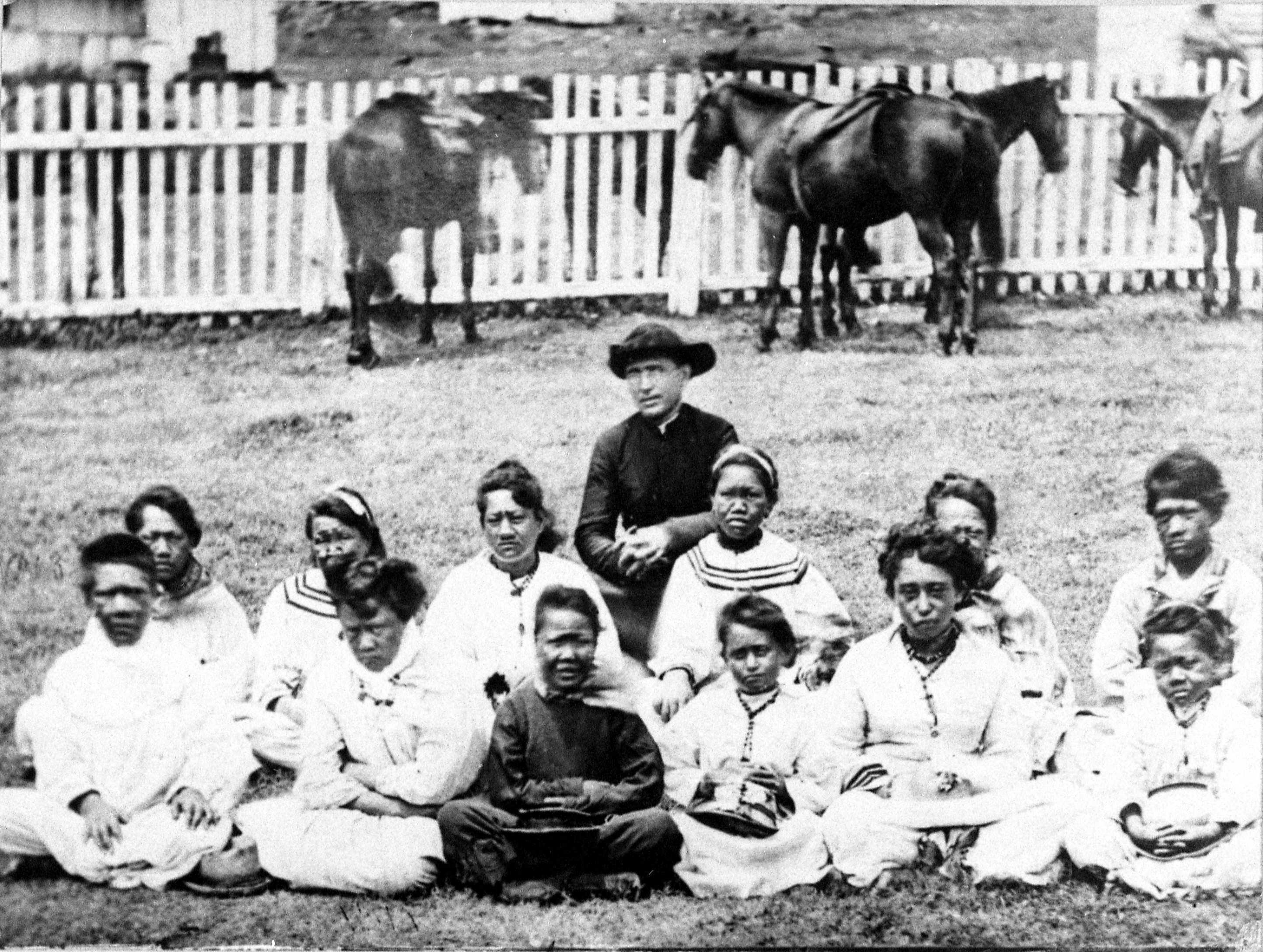
The eighth circle of Paradise: Saint Damien of Molokai and Jonathan Napela in Kalaupapa
Sunday evening I attended a screening of a preliminary cut of the documentary “The Soul of Kalaupapa.” The film examines the ecumenical legacy of the leper’s colony on the Hawaiian island of Molokai. Kalaupapa was brought to recent prominence by last year’s canonization of Saint Damien of Molokai, the key figure in the community’s history. …
-

Mastering the art of Mormon cooking
The Atlantic’s food channel recently posted an article entitled Jello Love: A Guide to Mormon Cuisine (my co-blogger kindly linked to it in the sidebar). The author lived in Utah for a time as child, and she knows whereof she speaks. The piece is charming, nostalgic and mostly reality-based. But I blog, therefore I quibble.…
-
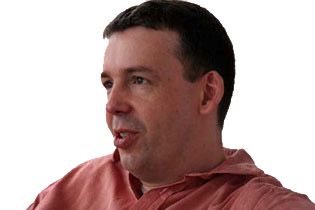
James Alison and the reconciled discourse of dissent
Last week a friend invited me to attend a lecture sponsored by the SLU Theology Club and featuring James Alison, a Roman Catholic priest and theologian. Alison grew up in Britain, was raised in a low-church Protestant tradition, converted to Catholicism, and now resides in Belo Horizonte, Brazil, living as an openly gay Catholic and working…
-
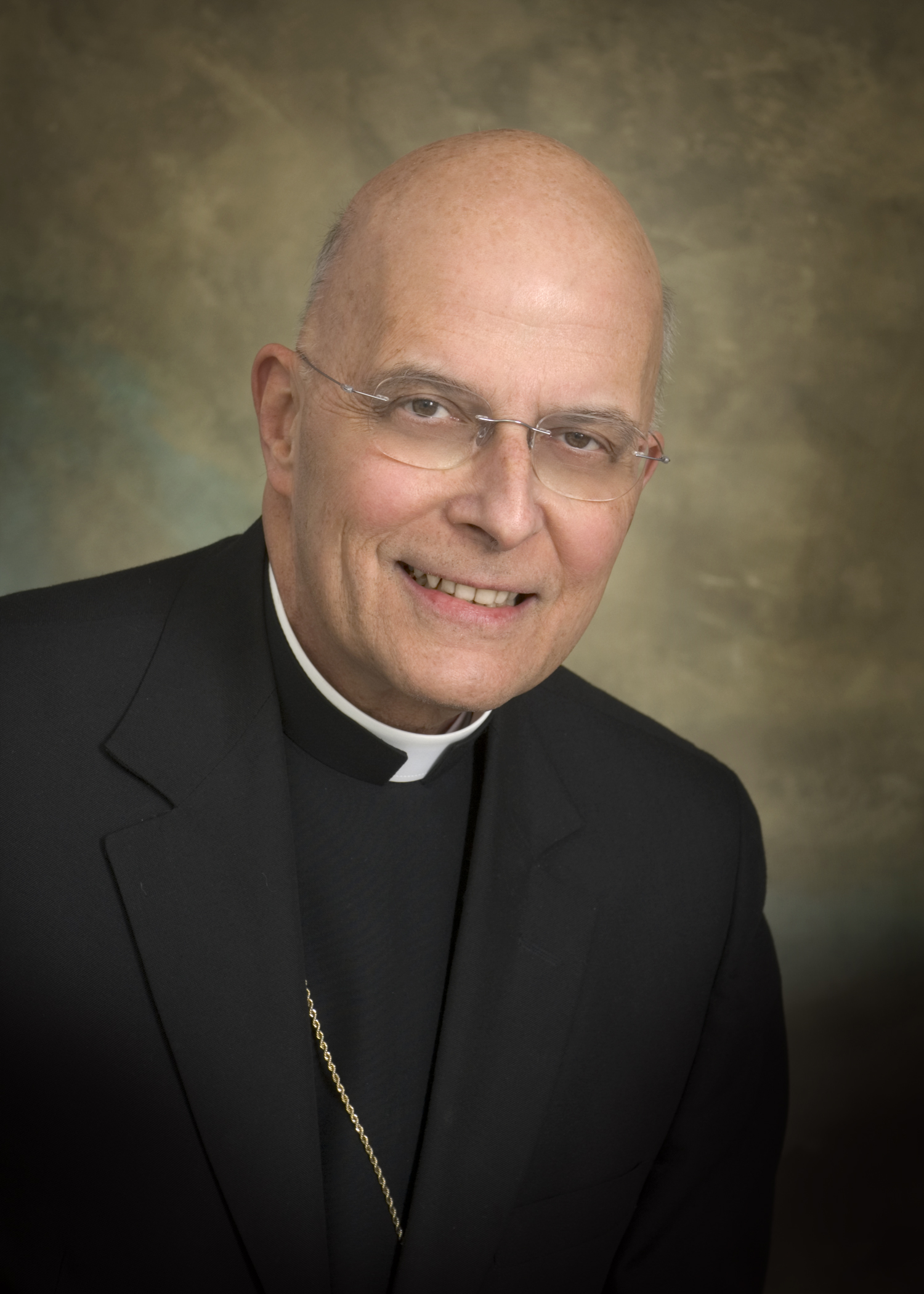
Cardinal George on religious freedom at BYU
A loyal reader requested that I blog about His Eminence Francis Cardinal George’s speech at Brigham Young University last month, available to download here. Ever the faithful servant of my reading public, all three of you, I respond with alacrity! BYU often invites prominent figures to address the university community on topics of mutual interest, and…
-
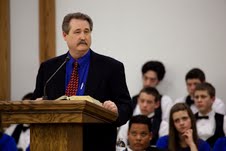
Reading lessons: interfaith, intertext, intersect
Last Saturday morning I attended an interfaith Torah study session, warmly hosted at the Shaare Emeth congregation and jointly led by LDS and Jewish presenters. The discussion focused on the week’s Torah portion, parashat bo, which recounts the story in Exodus 10 of the plagues visited on Pharaoh at his refusal to free the Israelites.…
-

A New World Christmas
As I’ve mentioned before, Mormons don’t follow the traditional liturgical calendar, but that won’t stop me from using this January 6, the twelfth day of Christmas and the feast of Epiphany or Three Kings Day, as a happy occasion to put up the one last Christmas post that escaped December. (It’s also a great reason…
-
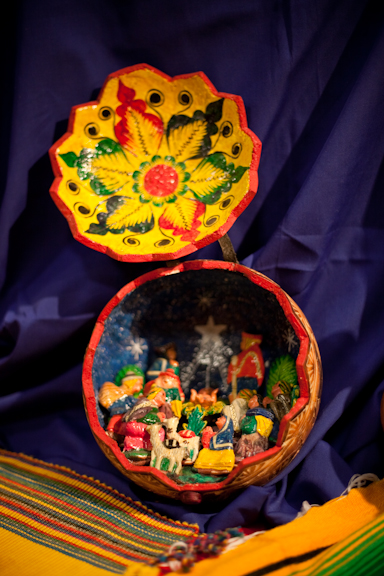
The globe and the gourd: Christianity in a global world
It’s a small object, not a simple one: a Peruvian nativity carving, fashioned inside a gourd from intricate wood figures painted in bright colors. It was on display at the creche festival last weekend; I lingered over it for a moment, pointed out the tiny llama to my children, and moved on long before its…
-

A weak defense of the consumer’s Christmas
My co-blogger Sharon put up a most enjoyable post a few weeks ago. I liked it so much that I’m going to pay it the compliment of differing with one or two of its points. (In blog etiquette, after all, quibbling is the highest form of flattery.) Sharon points us toward a Christian anti-consumerist movement…
-
What do we mean by “families are forever”?
Over at my other blog, a reader posted the following question: On a related LDS family matter, many of us have been confronted by Mormon missionaries with a message, or even a free DVD, of “Families are Forever.” A sincere, respectful question: isn’t this motto a solution in search of a problem? That is, what…
-
The very thought is sweet
Leftover Halloween candy languishes in its plastic pumpkin on top of the refrigerator; for the moment, the kids are satiated and I’m being good. All the sugar brings to mind a favorite hymn, “Jesus, the very thought of thee,” a few stanzas of which are here: Jesus, the very thought of Thee With sweetness fills…
-
Day of the Dead, Lord of Life
cross posted at Civil Religion “Death be not proud,” taunted John Donne. “One short sleepe past, wee wake eternally, / And death shall be no more; death, thou shalt die.” Death interrupts our view of eternity, a fearsome jalousie obscuring a future we must approach. Like Donne, we console and distract ourselves by turns with…
-
St Louis Mormon Historical Society meets Friday
Trivia fact for the day: the Mormon church operated a newspaper, the St. Louis Luminary, from November 1854 to December 1855. The periodical served the large community of transient Latter-day Saints, many of whom stopped in St Louis to replenish their strength (and funds) after the first leg of their journey to the Salt Lake…
-
Human life, religious voices and the public square
Cross-posted at Civil Religion. Last week the New York Times published a two–part series on artificial reproductive technologies. The series makes a riveting read, as writer Stephanie Saul narrates the joys and terrors of premature birth, high order multiples, NICU stays, and—finally, sometimes—the precious goal, a baby at home with a family.
-
Holland and the gap, again
Leaving aside disagreements about Elder Holland’s tone and speculations about the talk’s effect on believers and skeptics—not that those are unimportant, but that they’re being vigorously played out elsewhere—I want to make a narrow point about the philosophical underpinnings* of his talk.
-
Conscience in the Obama Era
I linked yesterday on the sidebar to Stanley Fish’s latest editorial in the New York Times, which takes as its occasion the possibility that President Obama will revoke the “conscience clause” allowing health care providers the right to refuse to provide certain services. I thought I’d add a few thoughts here.*
-
Institutional obsolescence, and other tales of romance and intrigue from the history book
Last week Adam cited a widely-shared “conservative case for gay marriage.”
-
Book Review: The Pictograph Murders, by P.G. Karamesines
Murder most foul, in the strange natural world of southern Utah.
-
What is it about Mormons? Maybe history can teach us.
I first ran across Noah Feldman’s writing last year when I read his personal essay “Orthodox Paradox†in the New York Times Magazine.
-
Vera Wang designed my marriage
Everybody’s talking about expensive weddings; let’s talk about expensive marriages.
